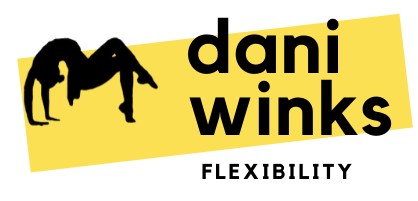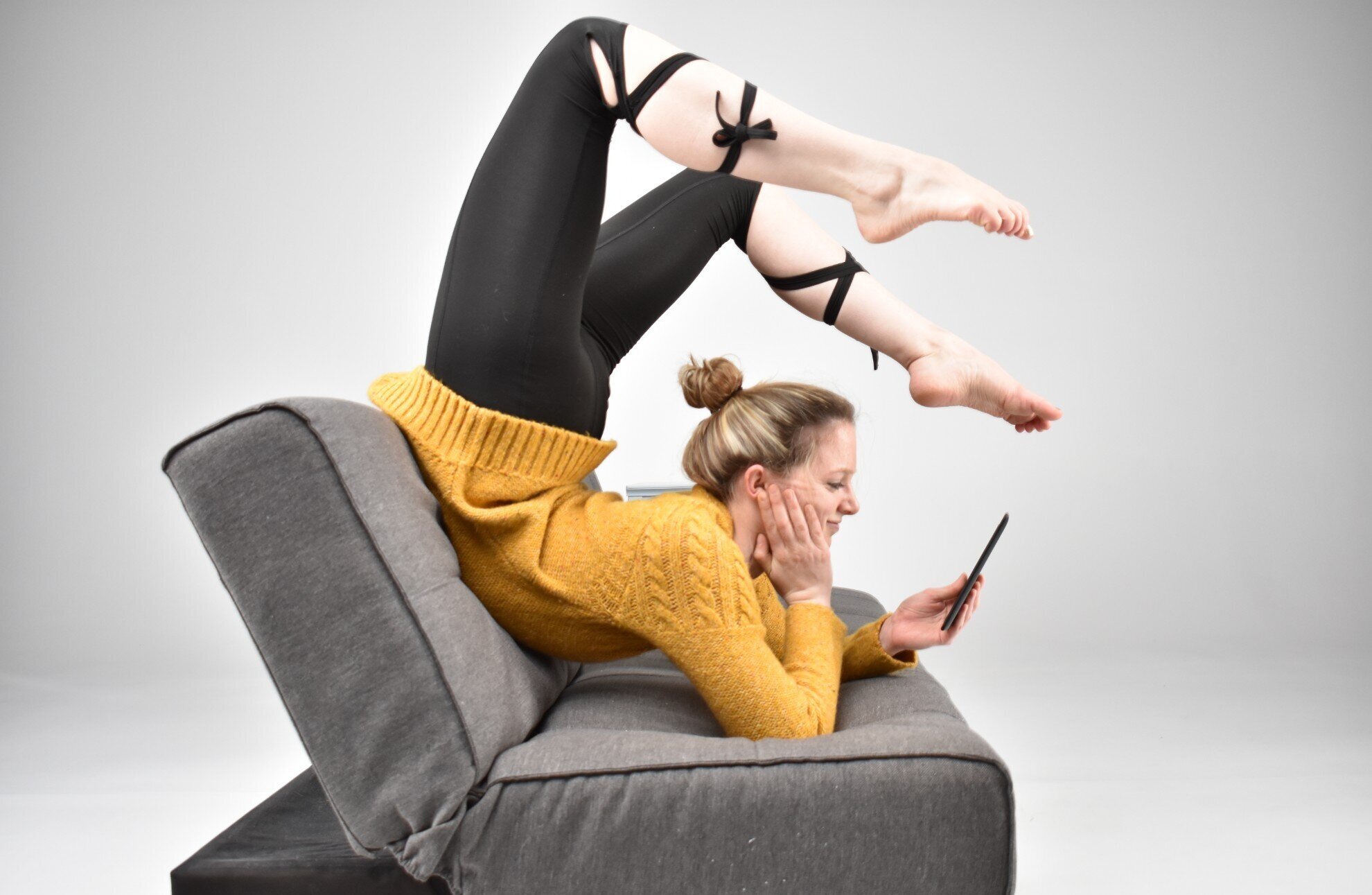TIPS, TRICKS & HOW-TOs
The Bendy Blog: Flexibility Training Articles
Filter posts by topic:
All Posts / Bridges / Contortion / Front Splits / General Back Flexibility / General Flexibility Tips / General Lower Body Flexibility / Middle Splits / Neurodynamics / Shoulders / Straddles / Yoga /

How To: Wall-Supported Scorpion Forearmstands
As a follow-up to last week’s forearmstands for beginners post, here are a couple of “bendier” versions of wall-supported forearmstands that are fun to play with: a half-scorpion and full scorpion.

Forearmstands for Beginners
Been eyeing those bendy yogis and circus folk on Instagram effortlessly balancing on their hands? Lucky for you forearmstands aren’t reserved for the realm of contortionists, anybody can get started with some beginner-friendly handbalancing with a wall-supported forearmstand!

Split Variations if You Can’t Do a Flat Split
If you can’t yet sit flat in a front split, you actually have a lot more “options” of splits to practice than you might realize! In addition to do plenty of complementary hamstring and hip flexor stretches (like in this 10 minute splits routine), it may be helpful to shake up what kind of split you’re doing for an endurance hold.
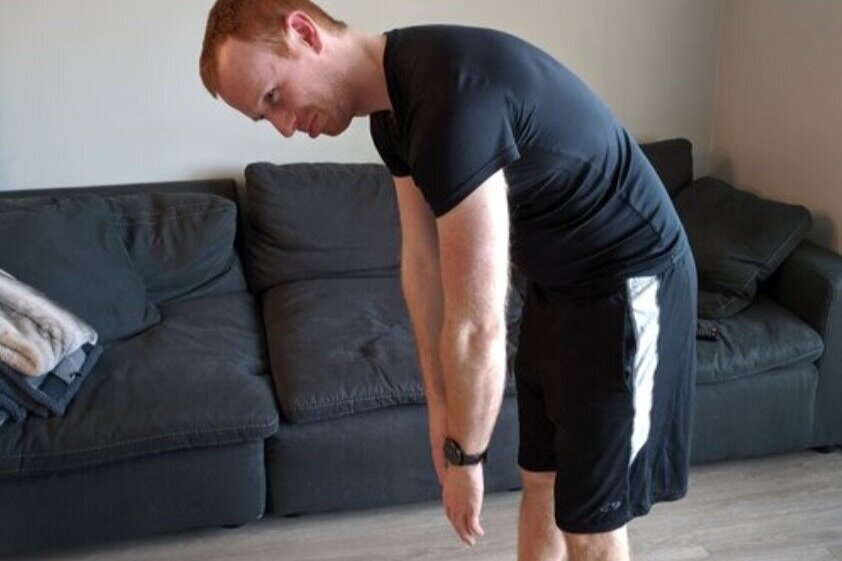
Can’t Touch Your Toes? 8 Beginner-Friendly Hamstring Stretches
If you’re working on being able to touch your toes, but your hamstrings are so tight you can’t even sit up straight in a pike, stretching can be very frustrating - especially if you’re following “tutorials” written for bendier practitioners...
But never fear, there are plenty of legitimately beginner-friendly stretches you can do that safely and effectively target your hamstrings without stressing your low back.
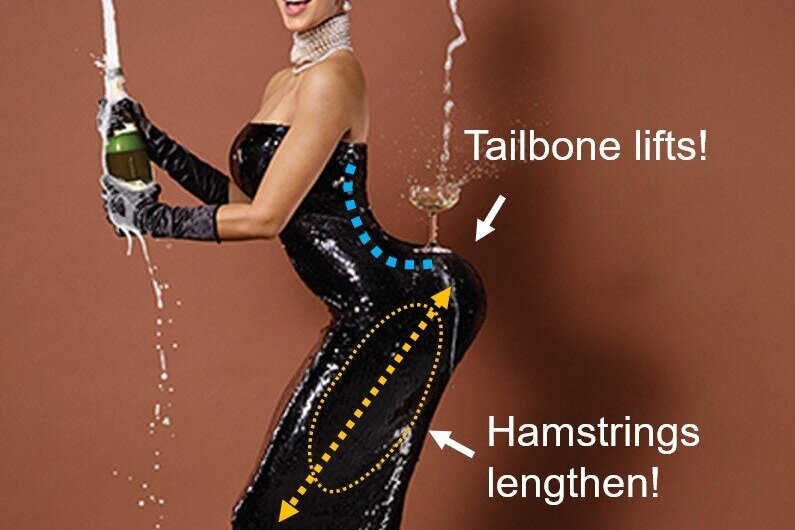
Why Are My Hamstrings Tight? (and How to Fix Them)
If you have tight hamstrings, you’re not alone! Unless you have a regular stretching practice as part of your workout routine, odds are you can’t touch your toes. Don’t worry, that’s is a pretty “average” level of flexibility in our era of so much sitting.
But why are they tight? And what can you do to help loosen them up so you aren’t getting so much carry-over tension in your low back?

“Big C” vs. “Little c” Backbend from Standing
A lot of people struggle with being able to backbend into a bridge from standing (sometimes called a “drop back”) - and rightly so, that shit’s hard. You need a lot of core and glute strength on top of general back and shoulder flexibility to be able to lower with control. The secret to a safer (and easier) backbend from standing is all about your center of gravity…
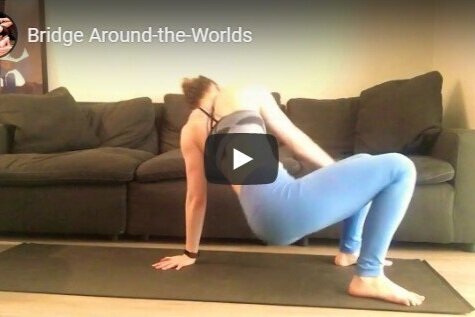
Advanced Shoulder Warm Up for Contortion
Contortion-style backbending asks a lot of your shoulders. To make sure I’m properly warmed up before I practice deep backbending postures, there are some extra drills I like to include beyond my “regular” shoulder warm up and conditioning exercises that cater to the more difficult work shoulders will asked to help with in contortion, like extreme shoulder rotations.

Work Your Y-Scale with PNF
I love working on active flexibility (which is why I make it such a big part of all my classes), especially PNF-style contract-and-release stretches. Y-Scales are a fun one to apply PNF to since they’re a little “easier” than traditional splits, but still very much a cool shape!
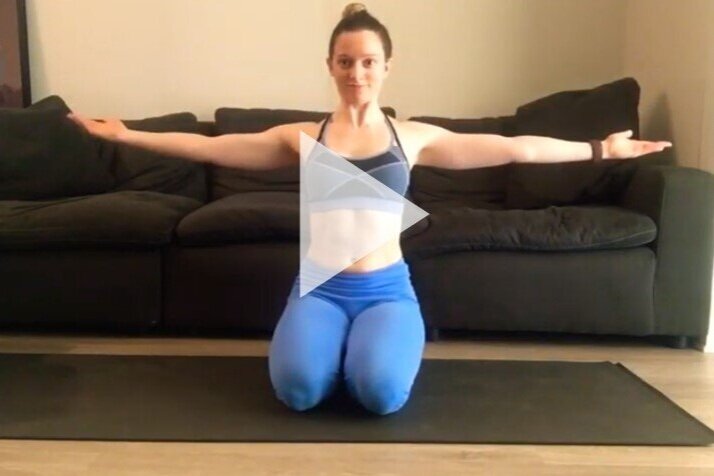
Beginner-Friendly Shoulder Conditioning
Whenever I’m warming up my shoulders for backbends, I like to include some conditioning exercises as well. Like I’ve said before flexibility training is as much about strength as it is about stretching. If you are trying to get more open shoulders, like in a bridge, you’ll see more progress incorporating some strength and active flexibility exercises like these.

10 Minute Splits Routine
This 10-minute routine is what I base my own training off of. It’s great because you can still squeeze it in on days you’re pressed for time, or you can run through the whole series 2-3 times to get progressively deeper. This routine aims to thoroughly stretch out (both passively and actively) the major “supporting” muscles in a split - mainly your hip flexors and hamstrings. Often these are the muscles that feel like they’re holding students back from achieving a nice flat split.

How to Modify a Toy Bow for Contortion Archery
So you just bought a cheap toy bow so you can finally give this whole contortion archery thing a try - but surprise, it’s way harder than you expected! The arrow keeps falling off, you can’t even grab it with your toes… Unfortunately most children’s toy designers are not engineering these things with the budding contortionist in mind. Luckily there are couple of super easy modifications you can make to make any toy bow more foot-archery-friendly!
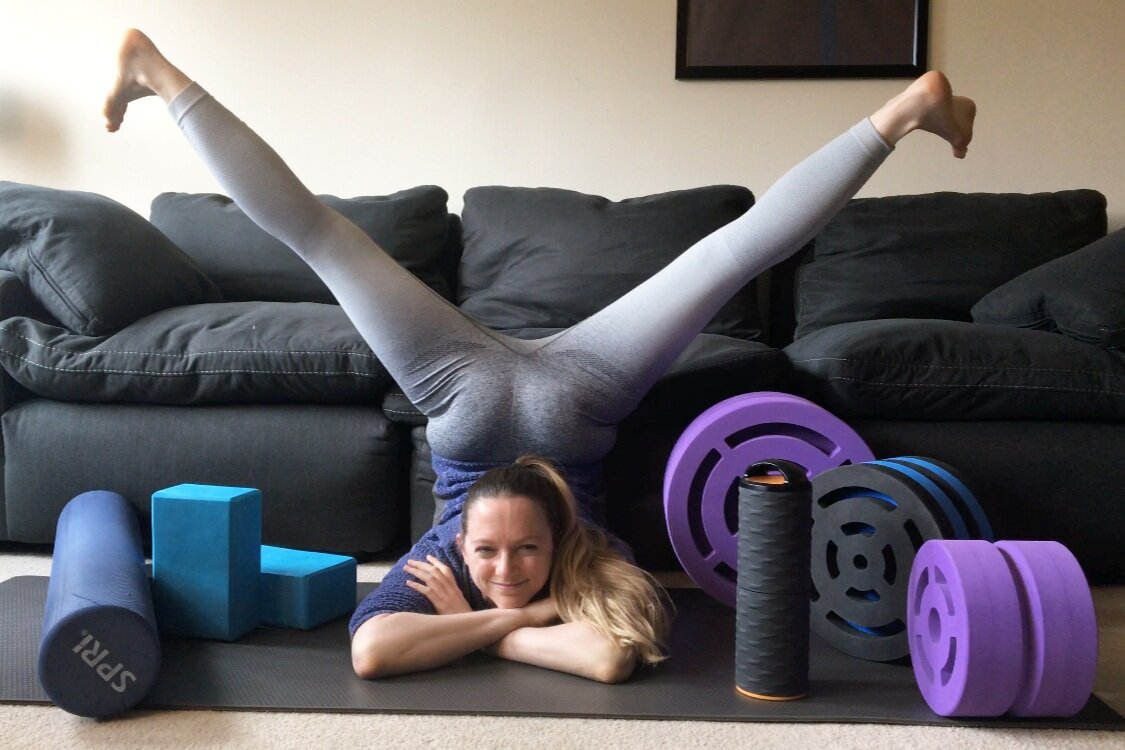
My Favorite Flexibility Props
I get asked a lot (more frequently now that we’re all quarantined at home) for recommendations for what sorts of yoga blocks to buy for home practice, what foam roller I recommend, or what bow I’m using in my contortion archery videos. So here’s my official Big List of Stuff I’ve Bought for Contortion That I’d Wildly Endorse.
